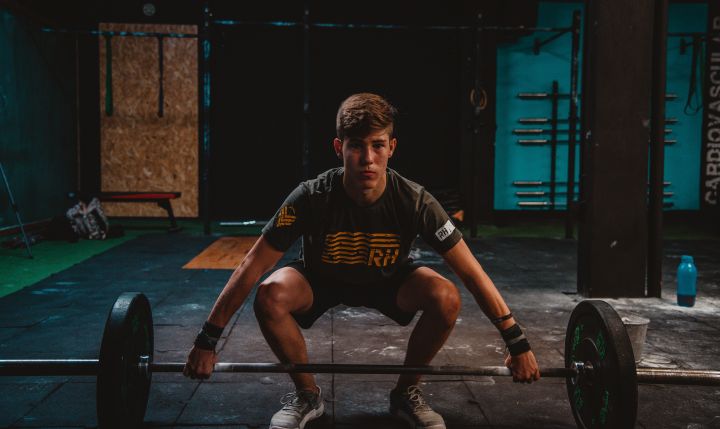The thighs are the largest muscle mass in the whole body. Practising them can make us look younger. Today, we will introduce you to the thigh muscles, as well as give you some recommendations on how to practise your legs.

Posterior thigh muscles
The posterior thigh muscles include the biceps femoris, semitendinosus and semimembranosus.
The posterior thigh muscles are mainly used to bend the knee joint. When bending the knee, the biceps femoris turns the calf outwards and the semitendinosus and semimembranosus turn the calf inwards.

Calf
The triceps calf is the most important muscle of the lower leg and is made up of the gastrocnemius and the hallux valgus.
The leg muscles make up 70% of the muscles in the whole body. Usually, more sitting, lying and moving around is not possible without the support of the leg muscles and strong legs can greatly improve the standard of living of older people.
1 squat with your back to the top wall

Benefits: It increases the overall strength of the legs and hips and is a great exercise for older people who cannot squat deeply on their own weight.
Movement: Stand with your back to the wall, place a stability ball above your lumbar spine and push it against the wall, squat down until your thighs are parallel to the floor, keep your body upright and repeat the movement.
Progression: Move your feet closer to the wall or squat deeper until you can complete a ball-less self weighted squat, dumbbells or medicine balls can also be used to provide a load.
Step down: Keep your feet away from the wall, reduce hip and knee flexion, and reduce strength or squat depth.
2 positive overhead wall single leg squat

Benefits: Enhances ankle tightness in the supporting leg, ankle tightness in the hamstrings, quadriceps, glutes and overall strength in the paravertebral muscles, improving the single leg pattern, walking, running and jumping in a straight line for older people.
Movement: Standing facing the wall, place a stability ball under the chest and push it up against the wall, holding it with both hands for balance. Lean your body back 50-60 degrees to maintain balance with the forefoot. Press the ground with the forefoot of your left foot and lift your right knee to touch the ball for a deep squat. Keeping the ankles taut, take the right foot off the floor and swing the right foot back, raise the left pedal and lift the right knee to gently touch the ball and repeat the movement.
Progression: Keep the support leg away from the wall to increase the intensity
Descending: Keep the support leg close to the wall to decrease the intensity, or you can support with both feet.

